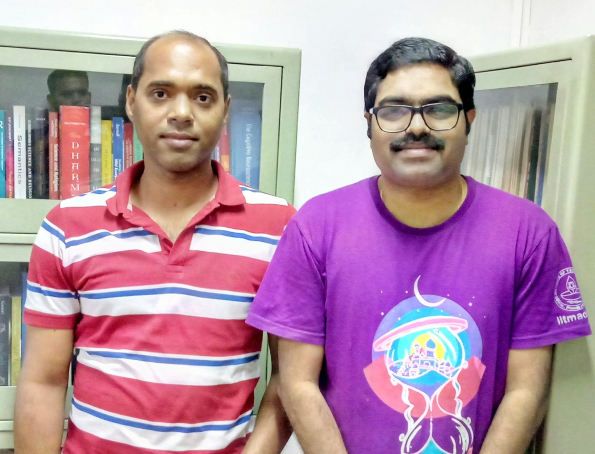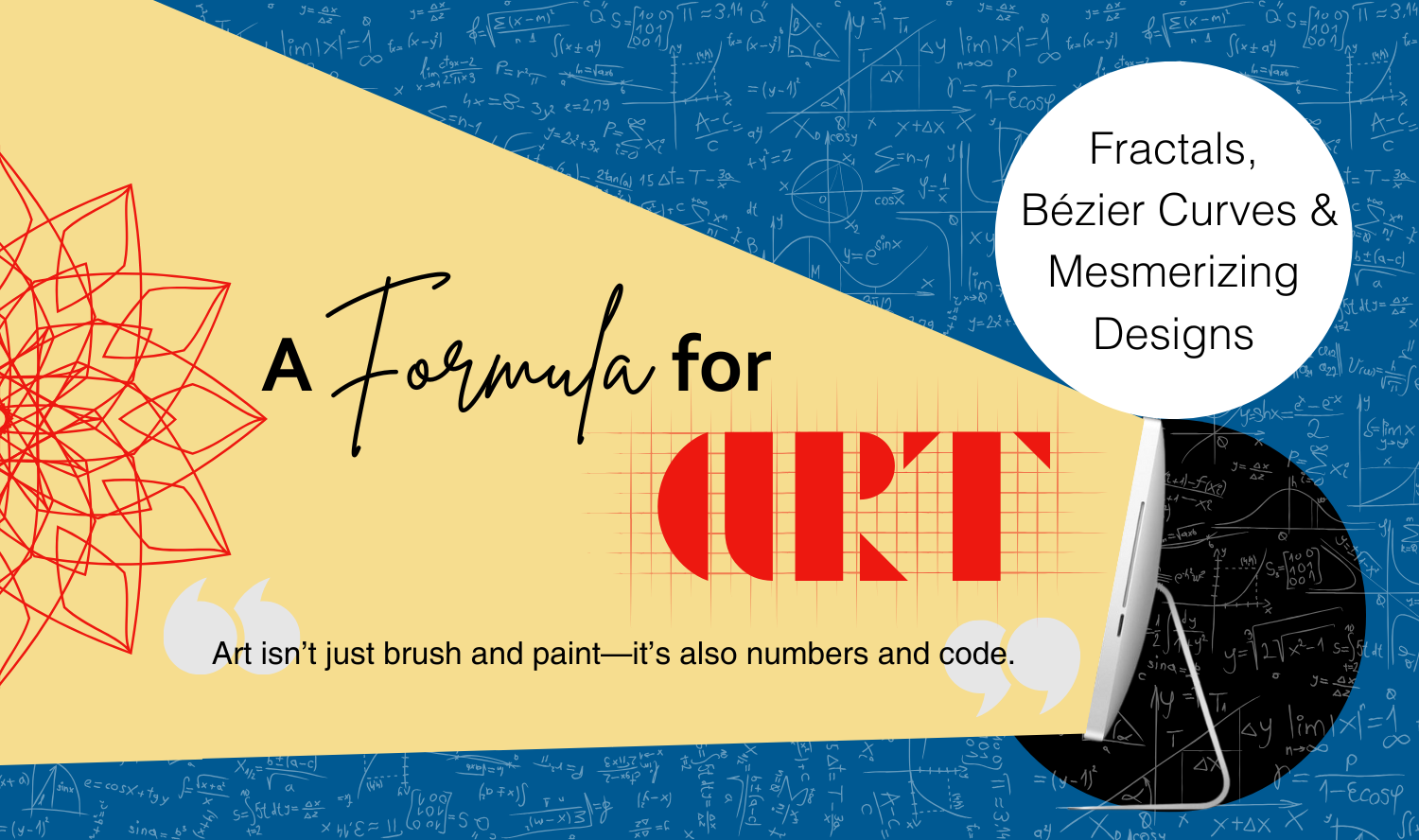
While some are born geniuses, most need to be guided to bring out their true potential, a work done by the teachers. This is the reason a teacher is often compared to a potter and a student to clay, which is molded by a teacher to bring out their best. Similar to a potter, a teacher also improves his or her craft of shaping students with each graduating student. To accomplish this task, “assessment” and “feedback” are two useful tools in their toolbox.
While assessment, given in the form of grades, marks, CGPA, etc., motivate a student to learn and guides them to understand their strengths and weaknesses, the feedback associated with such assessment, i.e., clear guidance by the teacher can help them improve. Assessment not only helps students but also acts as a feedback to the teacher on the delivery mode and effectiveness of the course. These two tools, therefore, help both students and teachers to attain their objectives in a structured fashion. However, how teachers can best employ these two tools has been less researched in the literature.

on assessment and feedback in engineering education
Assessment and feedback components are indispensable for the teaching-learning process in higher education. In the context of engineering education, there are very few research studies available on assessment and feedback practices,” says Dr. Satya Sundar Sethy, who is an Associate Professor at IIT Madras, while defining the problem. Sethy, who is an Associate Professor at IIT Madras, while defining the problem.
A recent research article by Dr. Satya Sundar Sethy and Mr. NP Subheesh from IIT Madras provides insight into how assessment and feedback practices can be used to improve students’ learning in engineering courses.
At the heart of this issue is the fact that an engineering faculty member seldom undergoes formal teacher training before starting to teach. This lack of formal training means that most of the faculty members learn to teach on the job. It is, therefore, difficult for them to develop appropriate assessment tools and techniques for the course. Given this, the study suggests that engineering faculty members may seek assistance from educational experts to learn about practical assessment and feedback strategies and, after that, design appropriate policies. The study also recommends that engineering faculty members should attend teacher-training programs on the instructional design of a course, students’ performance assessment, and feedback practices from time to time.
“Our study describes how assessment and feedback practices can be used to improve students’ learning in engineering courses. Our paper is unique in its contribution to the existing literature in terms of illustrating the interrelationship among assessment, evaluation, and grading in engineering education settings. Further, the study offers some key recommendations for improving the quality of assessment and feedback practices in engineering education,” explains Dr. Sethy.
Assessment, in the context of teaching, can be of two types: Formative and Summative. In formative assessment, students are given feedback through a conversation while in summative assessment, the students are given grades or marks. Similarly, there are two methods of assessment: norm-referenced assessment and criterion-referenced assessment. In norm-referenced assessment, like in CGPA, the performance of a student is compared with his/her other classmates. In contrast, in criterion-referenced assessment, the student’s performance is judged based on the learning outcomes of the course.
Some researchers feel that norm-referenced assessment is not free from the subjective judgment on students’ performance. Therefore the IIT Madras study suggests that criterion-referenced assessment practice is a more professional way of assessing student’s performance as it can help eradicate issues of subjective judgment. The researchers also recommend that use of formative assessment as it is a continuous assessment where qualitative feedback is carried out promptly to ensure that the student learns the course adequately, leading to the achievement of course objectives. The researchers also suggested that correct and proper feedback assist students in achieving the learning objectives of the course and evolve as self-regulated learners.
Distinguishing between evaluation, assessment, and grading, the researchers said that assessment includes both qualitative feedback together with the score. Evaluation is only score received on an assignment or test, whereas grading is a letter or number, which is sum or total of all evaluations in a course.
In their editorial, Dr. Jorge Martín-Gutiérrez and Dr. Carlos Mora-Luis, who are researchers at the Universidad de La Laguna, Spain, commend this research article. They comment, “Mr. Subheesh and Dr. Sethy explored the importance of providing feedback to engineering students. They discussed the need for specific andragogical training for engineering faculty members, despite it is not a requirement when joining an engineering education institution. They also explained the relevance of qualitative feedback in assessment practices and the principles of good feedback practice. The researchers’ recommendations on assessment and feedback represent good practices to improve students’ perception of their educational process towards becoming engineers.”
In the future, the team plans to work on developing a research-based standard framework for assessment and feedback practices on engineering courses in the context of India. They intend to analyze the impact of assessment practices in the premier engineering institutions such as IITs and NITs). The team has already collected data from fourteen IITs and NITs by meeting in person with more than 600 engineering faculty members, and the results of this research will be published soon.
Article by Aditi Jain
Article:https://www.ejmste.com/article/learning-through-assessment-and-feedback-practices-a-critical-review-of-engineering-education-7786










